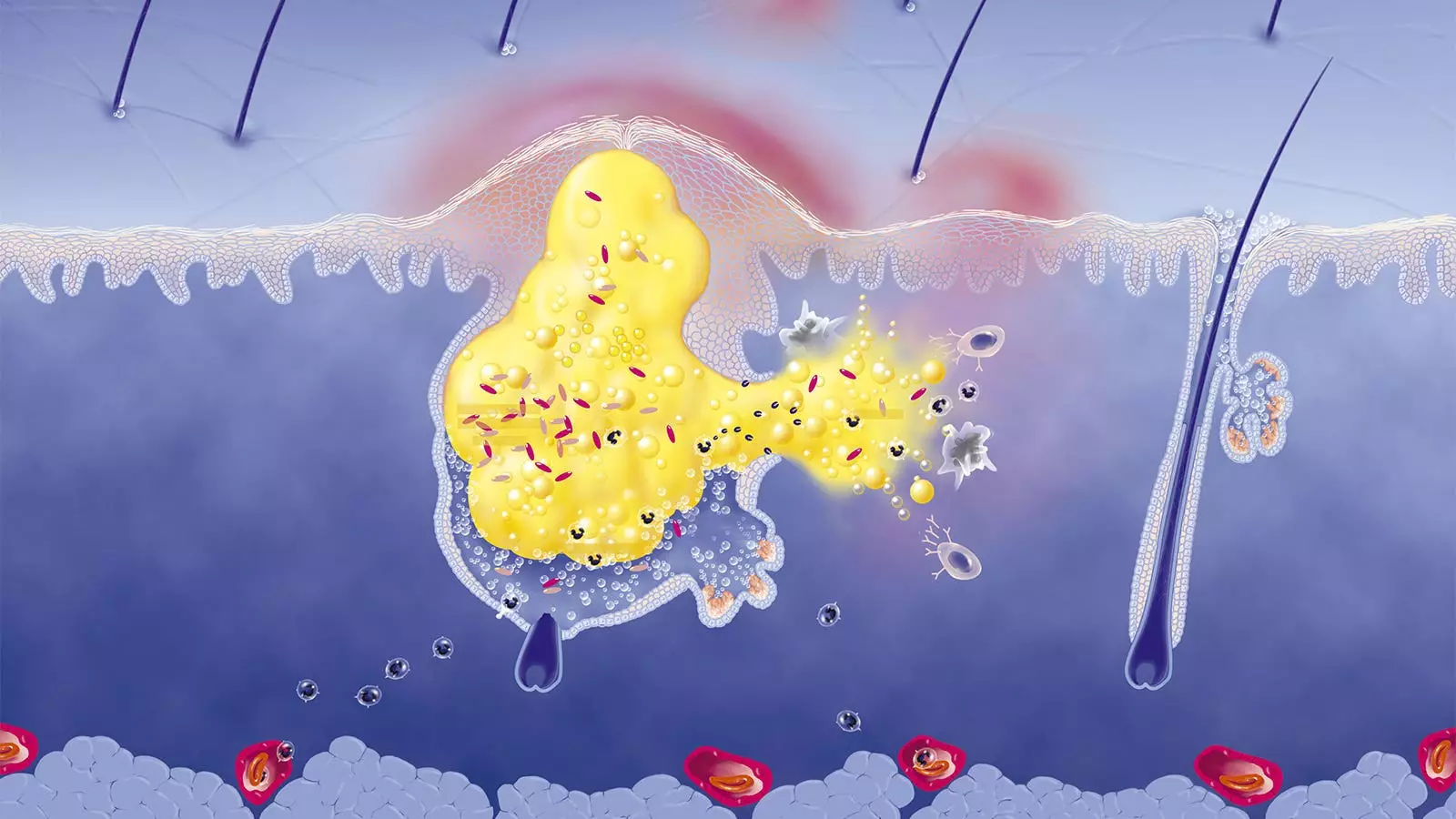Acne continues to be a prevalent skin condition that affects millions of people worldwide. To guide dermatologists and healthcare providers in effectively managing acne, the American Academy of Dermatology (AAD) recently updated its clinical guidelines. The recommendations, published in the Journal of the American Academy of Dermatology (JAAD), provide valuable insights into the most effective treatment options and highlight emerging therapies for acne. In this article, we will delve into the key recommendations and explore their implications for patient care.
The expert panel behind the AAD guidelines made five strong recommendations for acne treatment. These include the use of oral doxycycline, topical antibiotics (including fixed-dose combinations), topical retinoids, topical benzoyl peroxide, and oral isotretinoin. These treatment options have shown significant efficacy in managing different types of acne, ranging from mild to severe.
Combining Multiple Mechanisms of Action: Multimodal Therapy
The updated guidelines emphasize the importance of multimodal therapy when managing acne with topical medications. This approach involves combining multiple mechanisms of action to target various contributing factors of acne. By utilizing agents with different modes of action, dermatologists can address the complex nature of acne and improve treatment outcomes.
Novel Acne Treatments: Clascoterone and Sarecycline
The AAD guidelines acknowledge the emergence of novel acne treatments such as clascoterone and sarecycline. Clascoterone, the first FDA-approved treatment that addresses hormonal causes of acne in both men and women, provides a promising option for patients with this underlying factor. Sarecycline, a narrow-spectrum tetracycline, offers potential advantages over other tetracyclines and presents a valuable addition to the armamentarium of acne therapies.
Improving Access to New Treatments
While the introduction of innovative acne treatments is promising, it is crucial to ensure adequate insurance coverage to facilitate patient access. The guideline panel highlights the importance of payers providing coverage for these valuable new treatments. Without proper coverage, patients may face barriers to accessing these therapies, thereby hindering their ability to attain optimal results.
In addition to the strong recommendations, the AAD guidelines include a series of conditional recommendations. These recommendations imply that the benefits and risks of the treatments are closely balanced, and the most appropriate action may vary depending on patient values and preferences.
Expanding the Topical Options: Clascoterone, Salicylic Acid, and Azelaic Acid
While the use of clascoterone is supported by high-level evidence, the guideline panel provided a conditional recommendation for its use. Similarly, salicylic acid and azelaic acid were also conditionally recommended as topical treatment options for acne. These compounds offer alternative approaches for managing acne, providing additional choices for dermatologists and patients to tailor treatment regimens.
Choosing Systemic Antibiotics: Minocycline vs. Doxycycline
The guidelines address the existing debate surrounding the use of minocycline and doxycycline as systemic antibiotics for acne management. Despite being prescribed in equal proportions, the lack of evidence supporting minocycline’s superior effectiveness raises concerns. Moreover, minocycline carries significant safety risks, such as vestibular dysfunction and autoimmune hepatitis. Consequently, the guidelines strongly recommend the use of doxycycline over minocycline as a safer and equally effective alternative.
Hormonal Treatments and Isotretinoin for Severe Acne
For patients with hormonal acne, the panel provided conditional recommendations for oral contraceptives and spironolactone. These hormonal treatments can help rebalance hormonal fluctuations and manage acne effectively. Additionally, the guidelines emphasize the importance of potassium monitoring for patients on spironolactone, particularly for those with risk factors for hyperkalemia.
In cases of severe acne, the panel recommended daily isotretinoin dosing in contrast to intermittent dosing. This approach ensures a consistent therapeutic effect and improves the likelihood of successful treatment outcomes. The guidelines also highlight the use of standard isotretinoin or lidose-isotretinoin for severe, treatment-resistant acne, highlighting their efficacy in managing this challenging condition.
Understanding Treatment Limitations: Pneumatic Broadband Light and Trimethoprim-Sulfamethoxazole
While exploring treatment options, it is crucial to understand their limitations and potential adverse effects. The guidelines advise against adding pneumatic broadband light to adapalene gel, citing a lack of supporting evidence for its effectiveness. Furthermore, the panel encourages healthcare providers to limit the use of trimethoprim-sulfamethoxazole due to the potential risk of severe adverse reactions. Understanding the risks and benefits of these treatments is essential in optimizing patient care and minimizing avoidable complications.
With its updated clinical guidelines, the American Academy of Dermatology provides healthcare providers and dermatologists with valuable insights into the management of acne. Through strong and conditional recommendations, the guidelines offer evidence-based treatment options that cater to the diverse needs of patients. Furthermore, by highlighting emerging therapies and treatment modalities, the guidelines encourage the adoption of innovative approaches to achieve optimal outcomes in acne management. As healthcare providers continue to navigate the intricacies of managing acne, these guidelines serve as a cornerstone for evidence-based decision-making and patient-centered care.


Leave a Reply